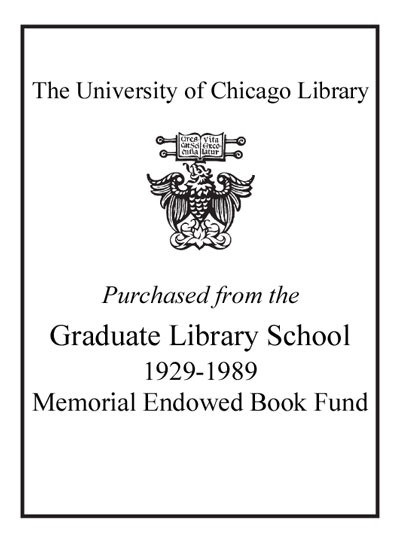Review by Choice Review
Coningham (Durham Univ., UK) and Young (Univ. of Leicester, UK) examine the archaeological information of South Asia for two periods well known for their urban developments, roughly equivalent to the generally recognized Indus or Harappan civilization and the Early Historic or Indo-Gangetic civilization. Unlike previous, influential writings emphasizing the difference and hiatus of these two civilizations, Coningham and Young find more similarity and continuity between them, and they view the span of more than a millennium between these two urban-centered developments as a process of regionalization, integration, and transformation. This argument, rather than being constrained by unprovable legends and arguable textual information, is principally built on the observation and analysis of archaeological data and material remains. Nevertheless, while in general arguing for the independent development of South Asian civilization, the authors do not brush off the interaction and connection between South Asia and its neighboring, especially Western, civilizations. For instance, they remain cautious about the appearance of exotic products in local South Asian sites or tombs; instead of taking them for granted as evidence of foreign invasion, they remind us of the result of long-distance trade. For its firm footing in archaeological data and methodology, this work is a must-read for all students studying or interested in South Asian archaeology. Summing Up: Essential. Upper-division undergraduates and above. --Hanmo Zhang, State University of New York, New Paltz
Copyright American Library Association, used with permission.
Review by Choice Review

